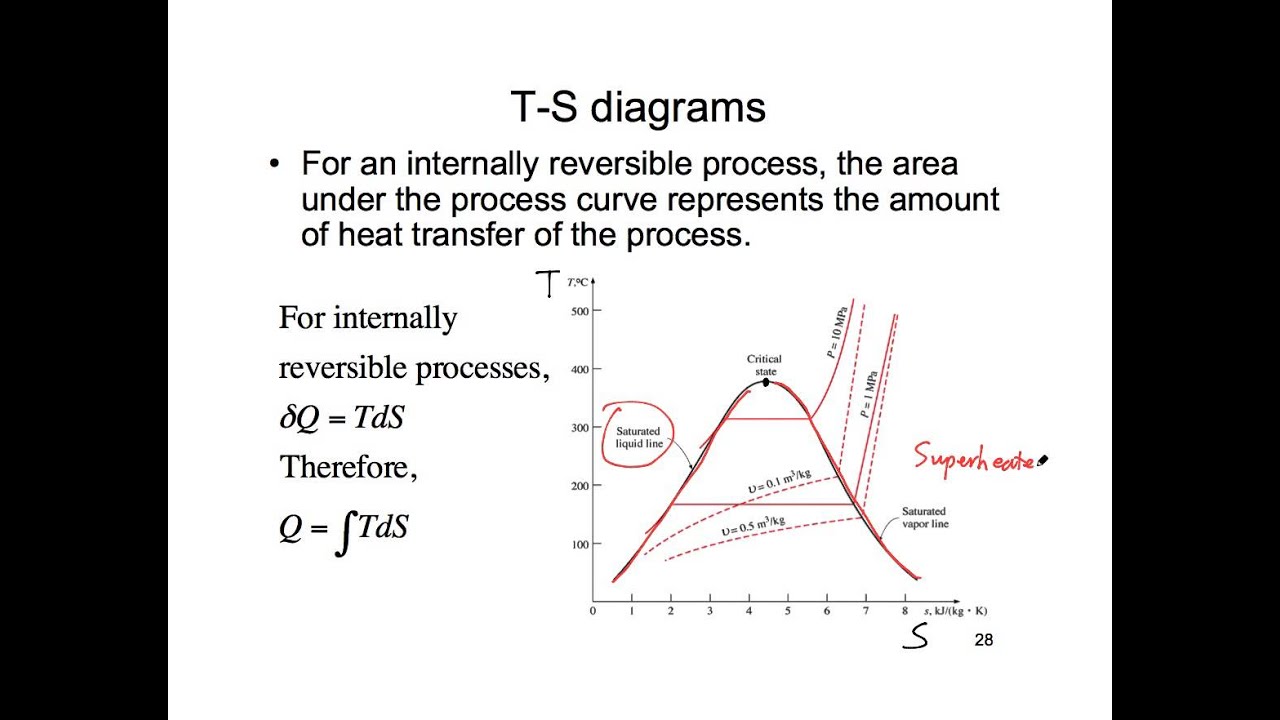W.B.C.S. Examination Notes On – TS-Time Diagrams – Geography Notes.
The basis of water mass analysis in the deep ocean is that deviations of water mass properties in the formation regions are small compared to the property differences that are observed between different water masses at some distance from their formation regions. Another way of expressing this is that the standard deviation envelopes associated with each water mass are small compared to the total variation of temperature and salinity in space.Continue Reading W.B.C.S. Examination Notes On – TS-Time Diagrams – Geography Notes.
This makes it possible to distinguish, in , between North Atlantic Deep Water and Antarctic Intermediate Water. The whole concept of the TS-diagram would be meaningless if the standard deviation envelope of, say, North Atlantic Deep Water were so large that it would include the source water type of Antarctic Intermediate Water. The smallness of the standard deviation envelopes is a useful property of the deep ocean, which brings water masses from distant regions with very different but stable atmospheric conditions into contact with each other.
The situation in the coastal ocean is quite different. To begin with, many coastal regions are well mixed, so TS- diagrams such as the one in , which show variations of temperature and salinity with depth, are not often found in the coastal ocean.
Even where vertical stratification is present, a large part of the water column is still taken up by the surface mixed layer, which in a TS-diagram is represented by a single water type. More importantly, the properties of the mixed layer undergo large changes from season to season. If the TS-properties of the coastal ocean are averaged over the year, the resulting standard deviation is much larger than any variation that may exist as a result of stratification in the water column at any particular time. We therefore have a situation where defining water masses by source water types and standard deviations becomes meaningless if the concept is applied to the annual mean.
Although water properties in the coastal ocean undergo large variations they do not fluctuate in a random fashion but follow a seasonal cycle. It is possible to make use of this and define the water masses of the coastal ocean through the use of the so-called TS-time diagram. Rather than plotting temperature against salinity as both vary with depth , we plot the values of both variables in the mixed layer against each other as they vary over the year.
The sequence of observations taken over a year defines a TS- relationship in time that reflects the weekly and seasonal changes of the two properties. The standard deviations associated with the data points when more than a single measurement was taken on any one day express the daily variability. Taken together the data indicate, for example, that we can expect the temperature of the water mass to be between 24°C and 26°C during the warmest month and between 5°C and 8°C during the coldest month, while the salinity can be expected to lie between 33.5 and 34.3 and between 34.5 and 35.2 during the two months, respectively.
Establishing a TS-time diagram for a particular coastal ocean region requires an observational effort over many years and is therefore much more demanding than the effort required to establish a TS-diagram for a deep ocean station. (The particular year could have been unusually warm or cold, dry or wet.).
Meaningful standard deviations require many observations; but it is rarely feasible to collect data for decades just to establish standard deviations for a water mass definition. In practice the number of data points for the calculation of each standard deviation can be boosted by calculating monthly means and associated standard deviations. This reduces the number of source water types along the TS-time diagram to twelve and increases the number of observations for the calculation of each standard deviation thirty-fold (if the data base consists of daily observations). If the time series of daily measurements is of five year duration we now no longer have five data points for the calculation of daily means but 150 data points for the calculation of monthly means. If this procedure is applied to the TS-diagram , the resulting TS-time diagram looks very similar ; but the standard deviations now represent the variations of temperature and salinity within each month. If the data set consists of observations taken over five years, the standard deviations represent the variations within each month and their variations over the five year observation period. Calculated in this way, the TS-time diagram allows us to define a coastal water mass through 12 monthly water types and associated standard deviations.
It enables us to make statements about the temperature and salinity we can expect to find during the warmest and coldest months or any other moment in time, based on climatological expectations. In fact, most of the apparent variability indicated by the data scatter of is the result of changes in wind, cloud cover and rainfall on the synoptic scale, ie associated with the weather. These variations are also responsible for most of the standard deviations of , which mainly reflect changes of properties within particular months.
Even when the TS-time diagram is based on monthly means information is not always available on monthly standard deviations. Nevertheless, any reasonably well defined TS-time diagram is a valuable tool for the coastal oceanographer. By combining its information with knowledge of environmental preferences of various marine life forms the oceanographer, marine park administrator or coastal engineer can give a fairly accurate description of the physical environment, how it varies over the year and how it affects the coastal ecosystem. The technique could be extended to include time diagrams of temperature against chlorophyll content or other biological indicators.
Please subscribe here to get all future updates on this post/page/category/website


 +919674493673
+919674493673  mailus@wbcsmadeeasy.in
mailus@wbcsmadeeasy.in







































































































